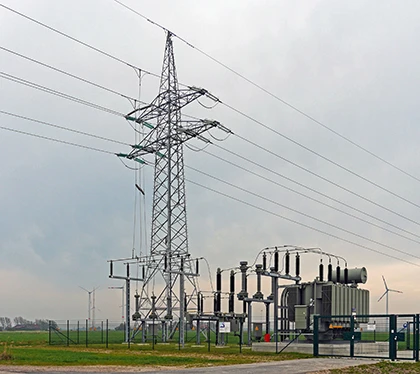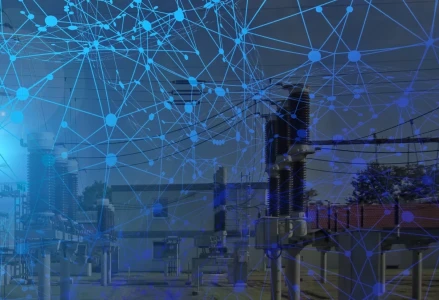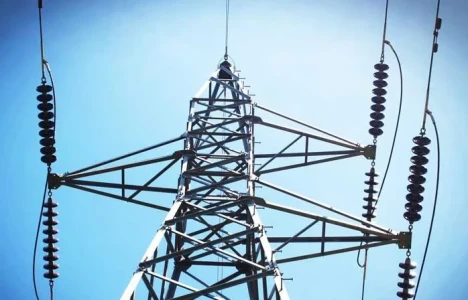TRANSFORMER INRUSH

ABSTRACT
Here we discuss the phenomenon of transformer inrush; what it is and its significance to transformer protection design.
INTRODUCTION
A couple of years ago in this Transformer Special Edition, we wrote an article that covered the most used transformer protection schemes. As was pointed out in that article, protective systems have two jobs. They must detect conditions that endanger personnel and equipment, But they must also allow the normal and expected power system and equipment behavior.
Distinguishing between the two is sometimes a challenge.
Referring once again to that prior article, a transformer differential protection scheme is one that compares the primary current entering a transformer and the secondary current leaving the transformer and operates to trip a breaker only if the two differ by a significant amount, (after accounting for the transformer ratio of course.)
An internal fault would draw current into the transformer from the primary side, and that would not leave the transformer via the secondary side. Of course, if there is a generator or large motor on the secondary side, current would flow in from the secondary side as well. For the internal fault, the current would add to the operating current in the relay.
An external fault outside the transformer on the low side would draw current as well, but the current would pass through the transformer, and the current going in via the primary side would more or less match the current coming out of the secondary side to feed the fault.
Differential schemes are among the fastest protection schemes available because they do not have to coordinate in time delay or pick up with downstream, over-current protection, and because they are very sensitive to the amount of difference current (differential current) required to initiate trip.








